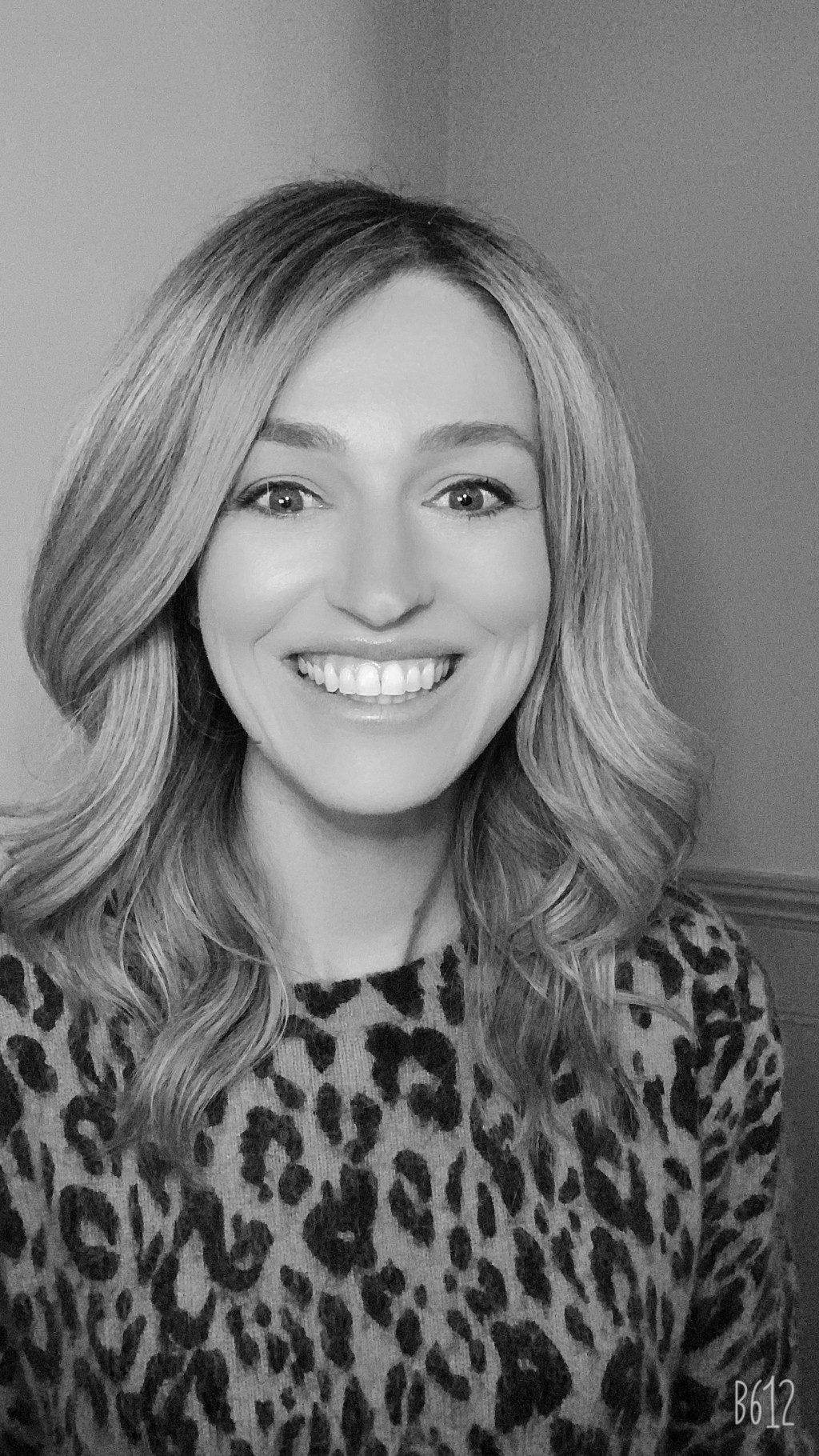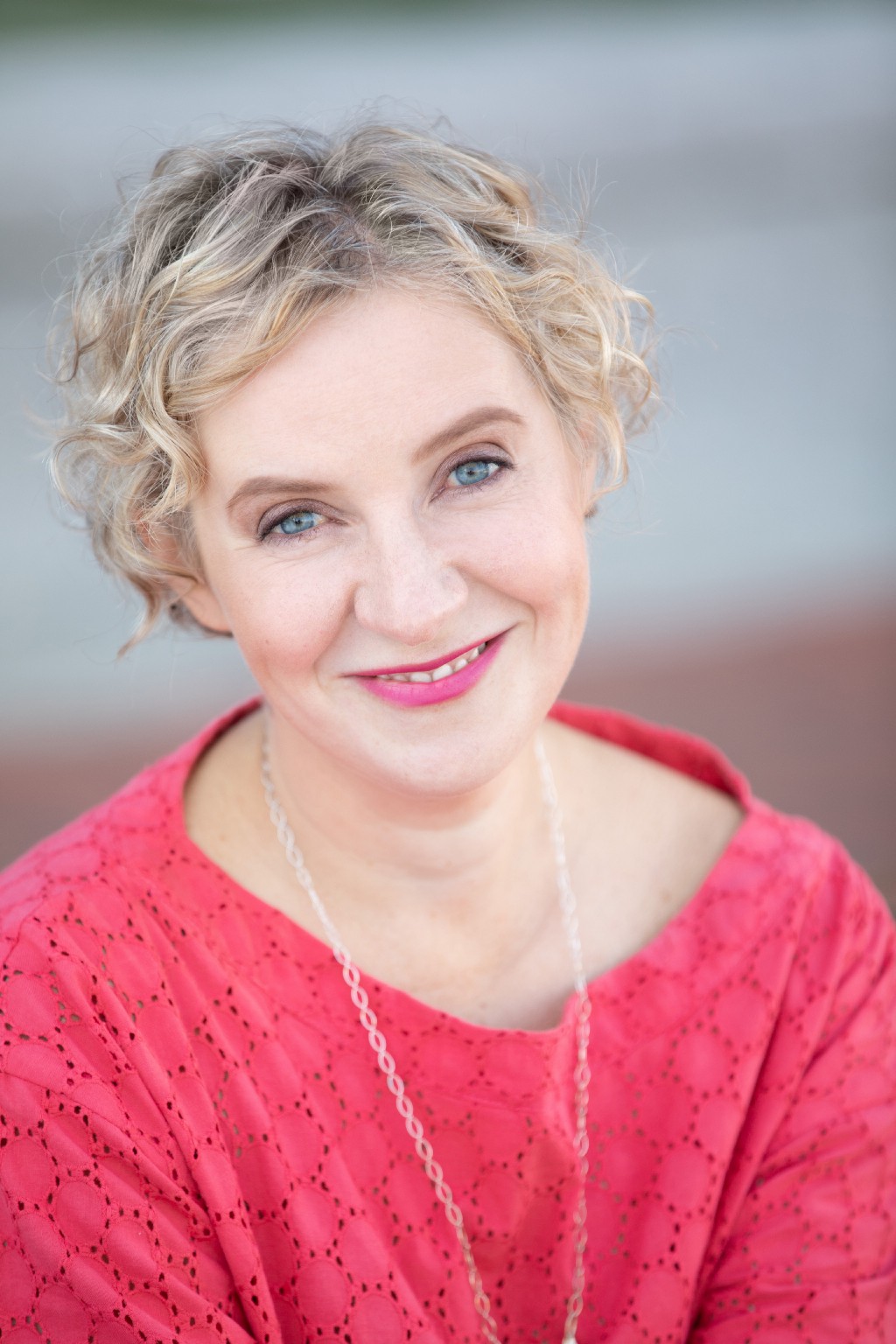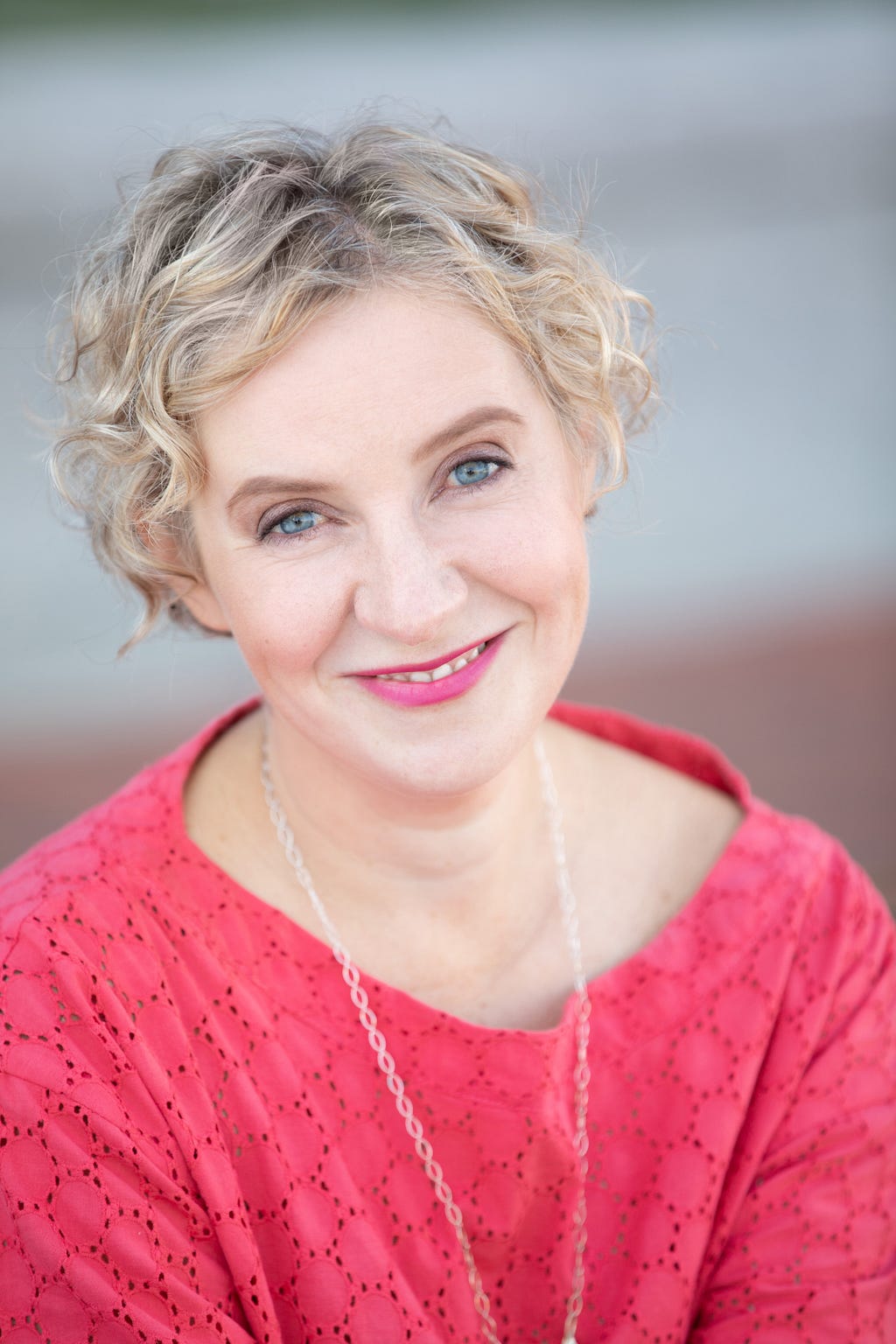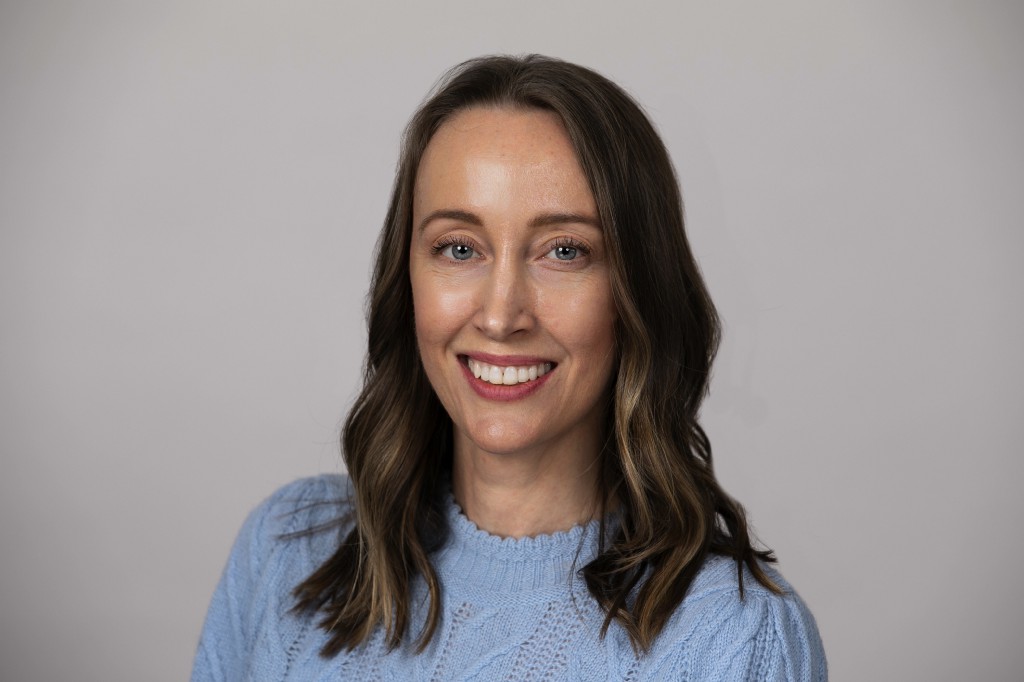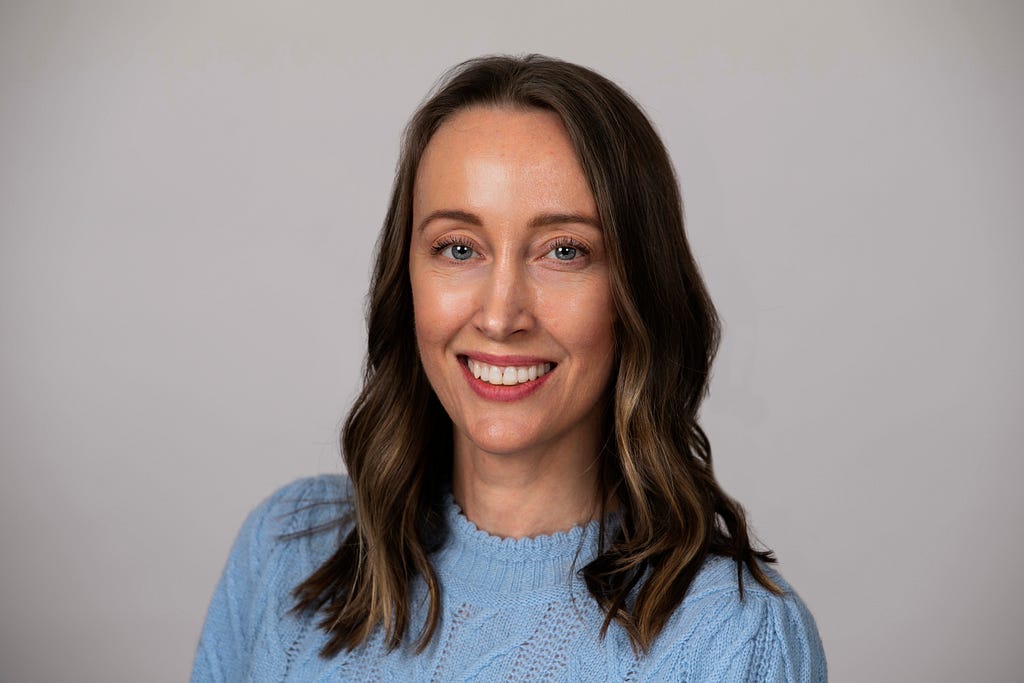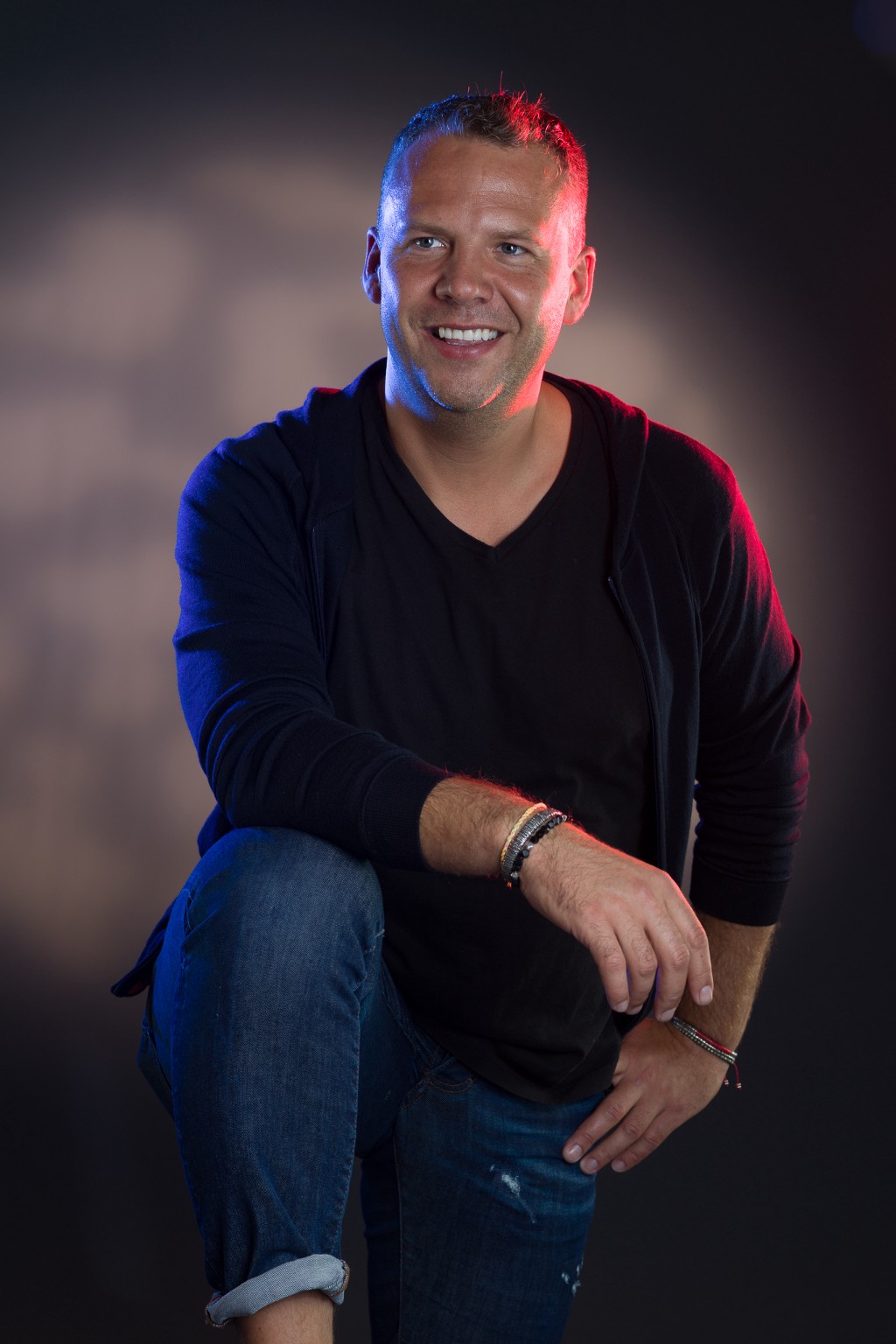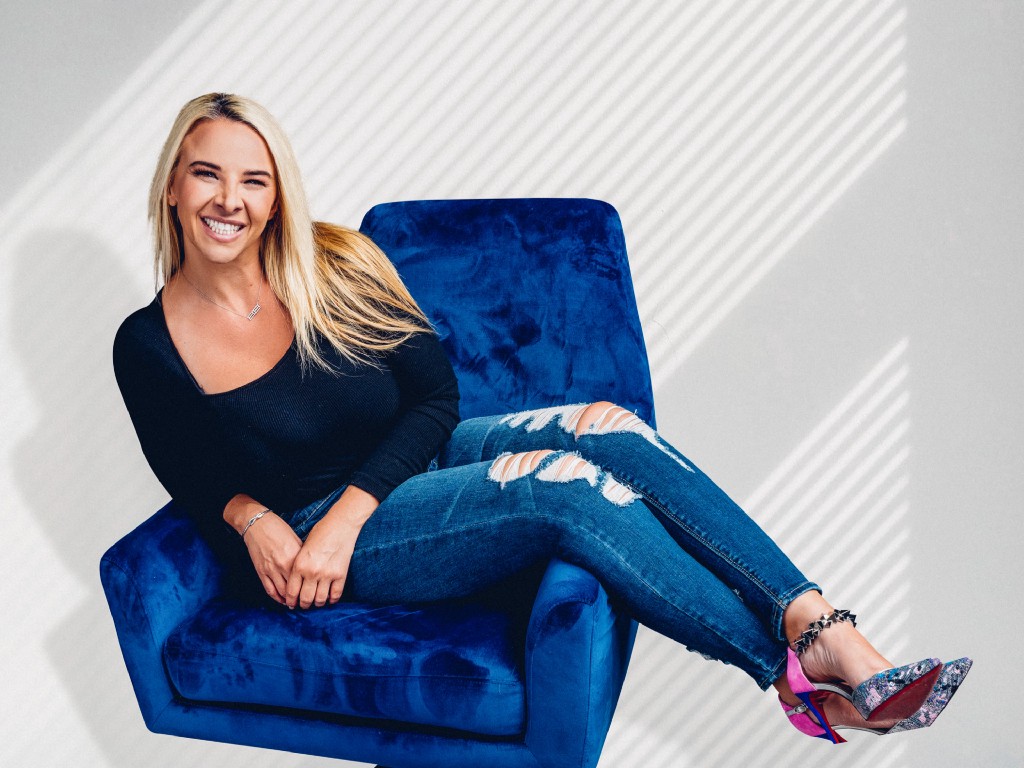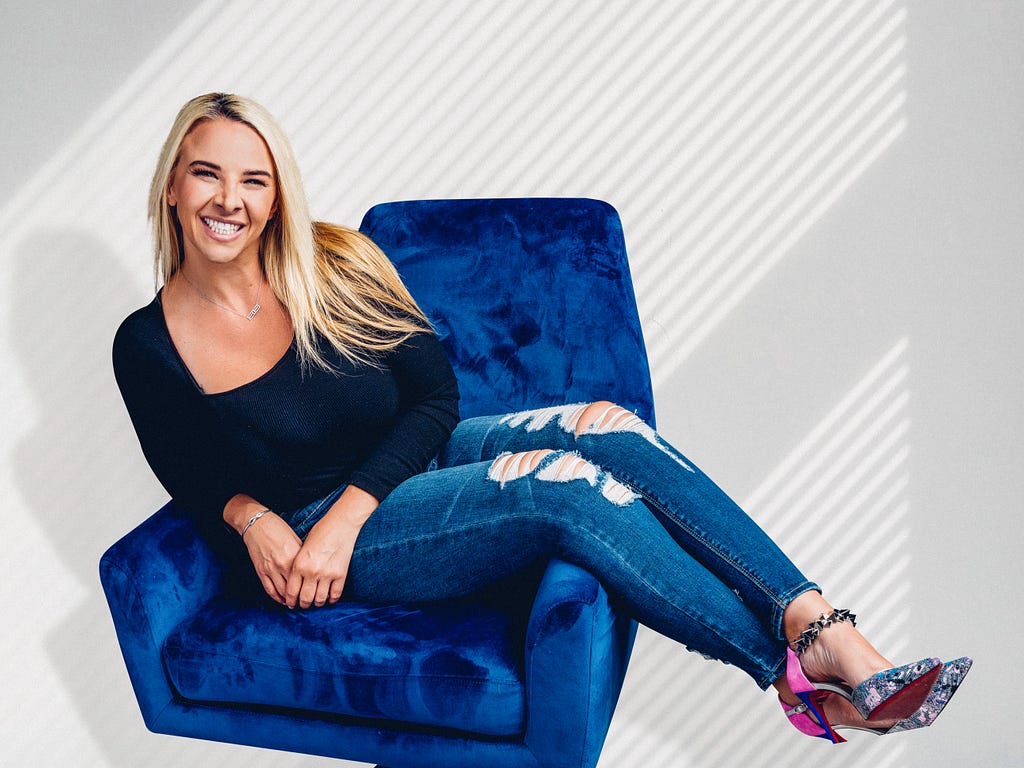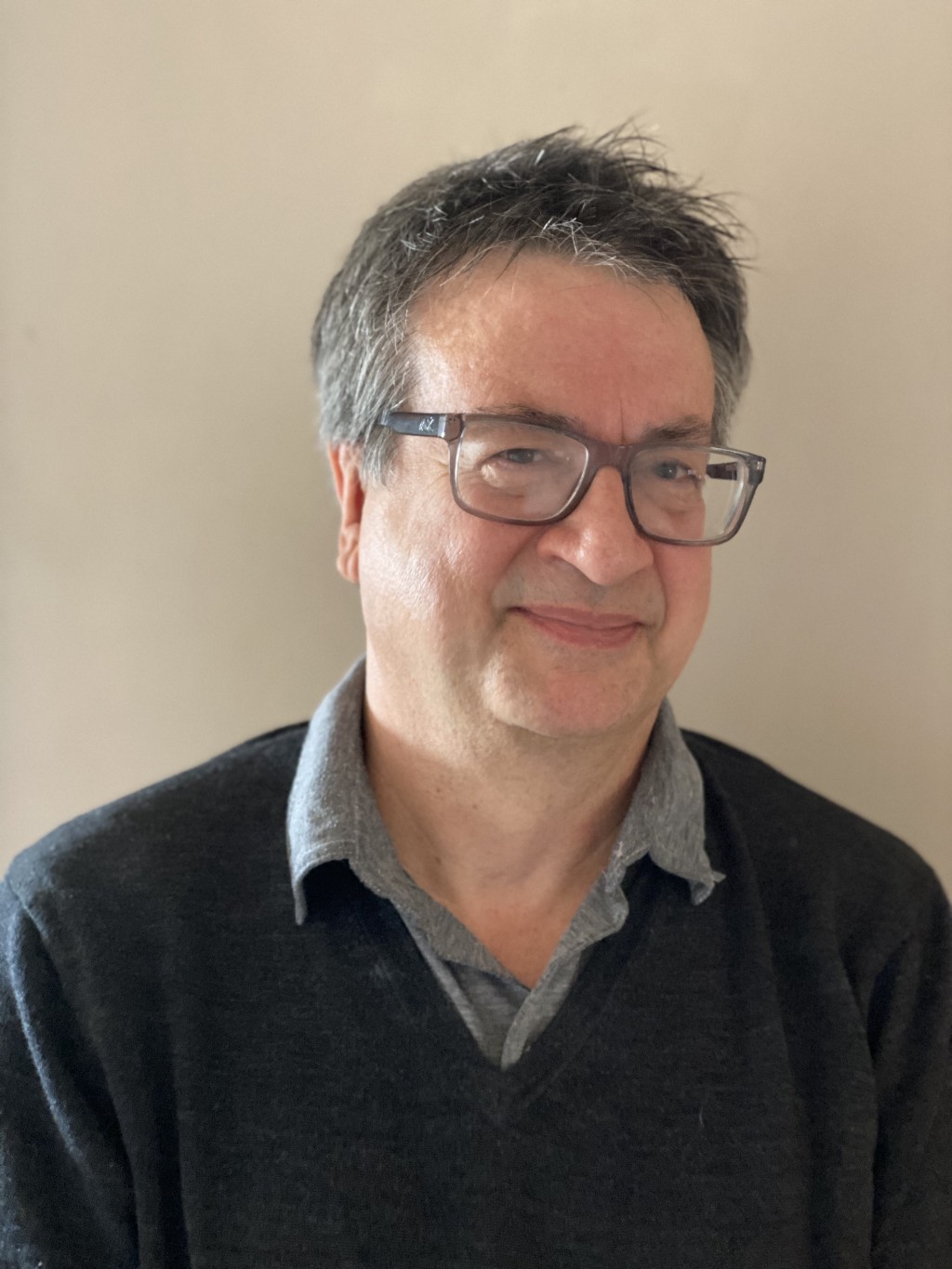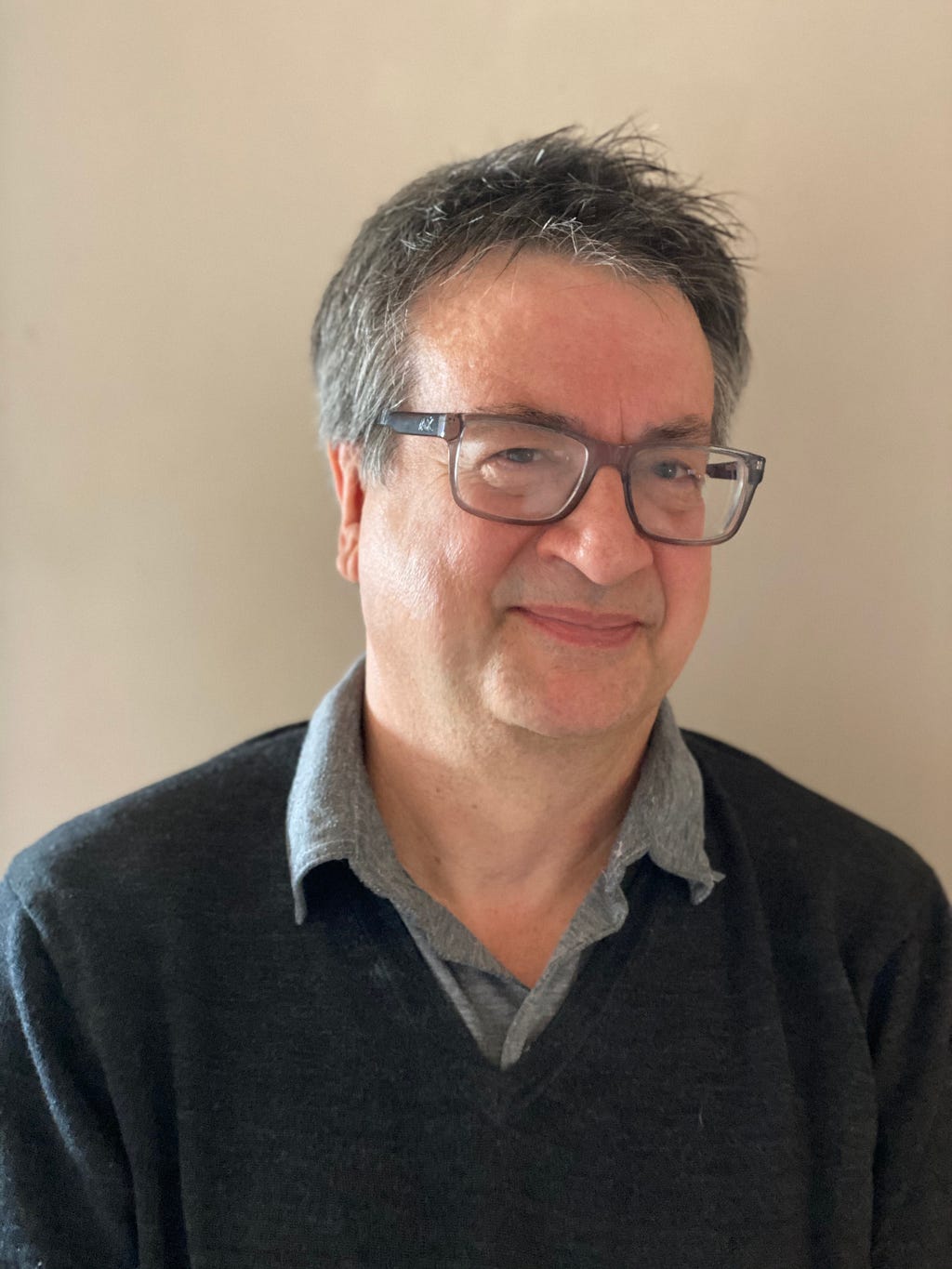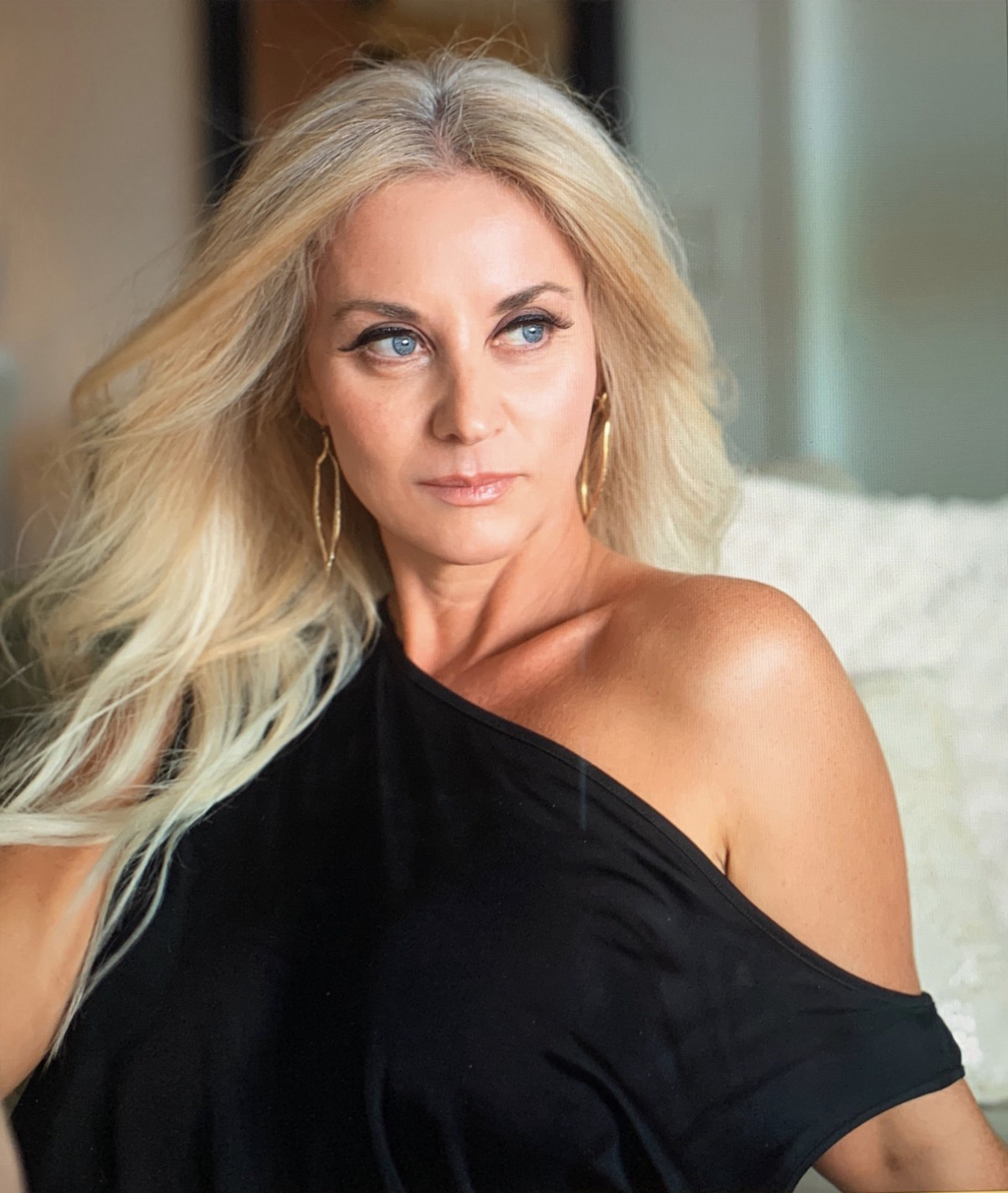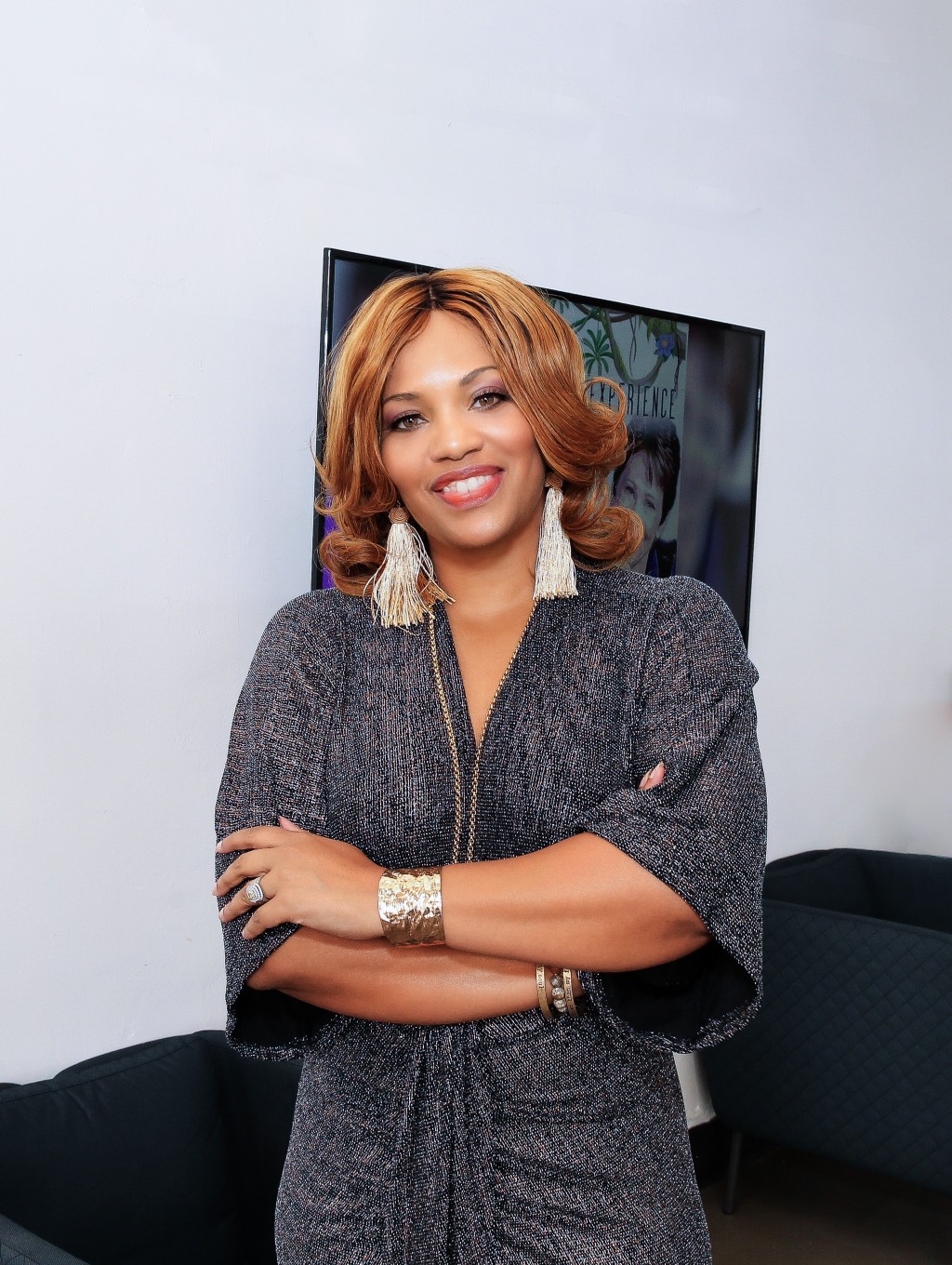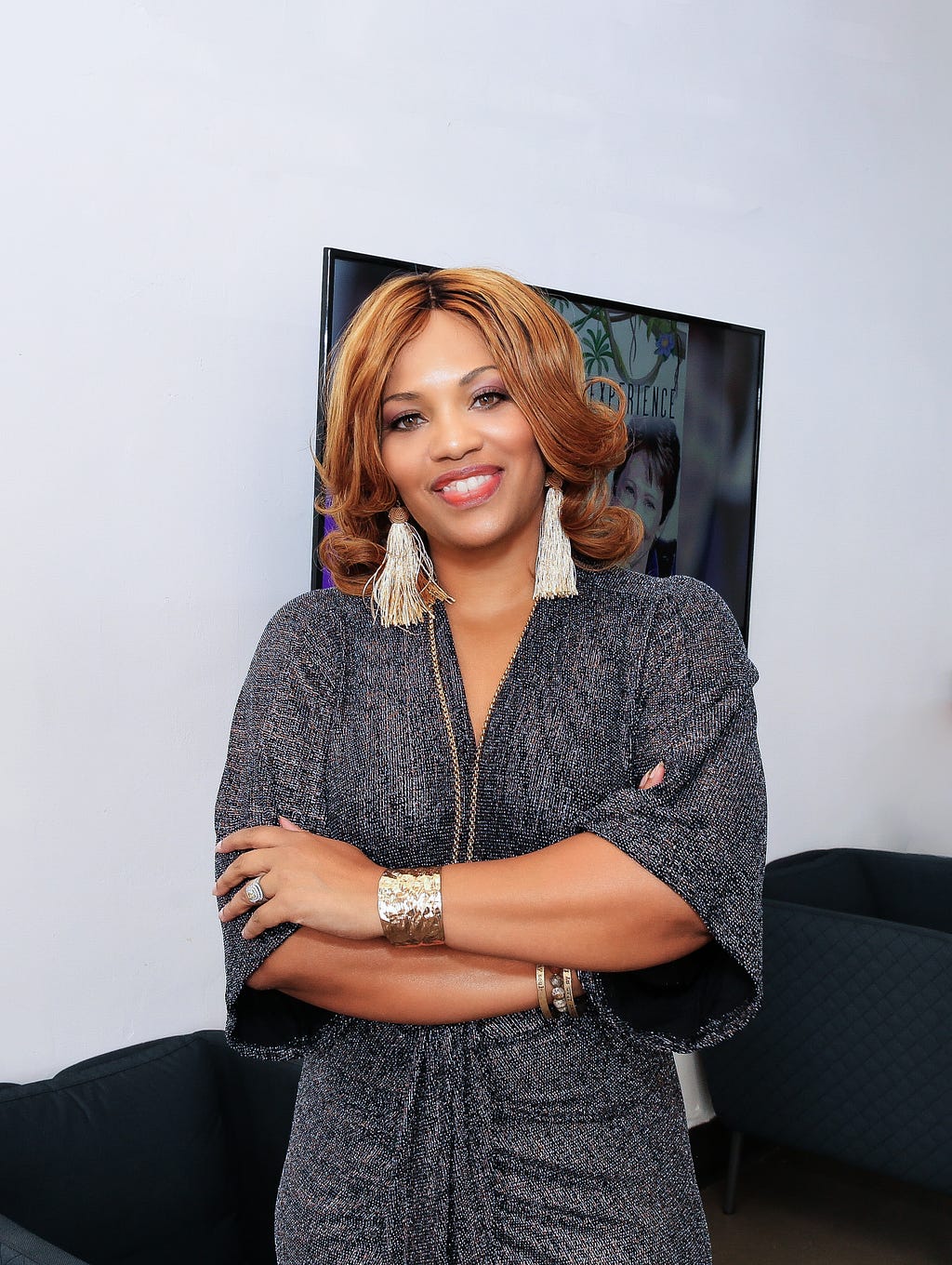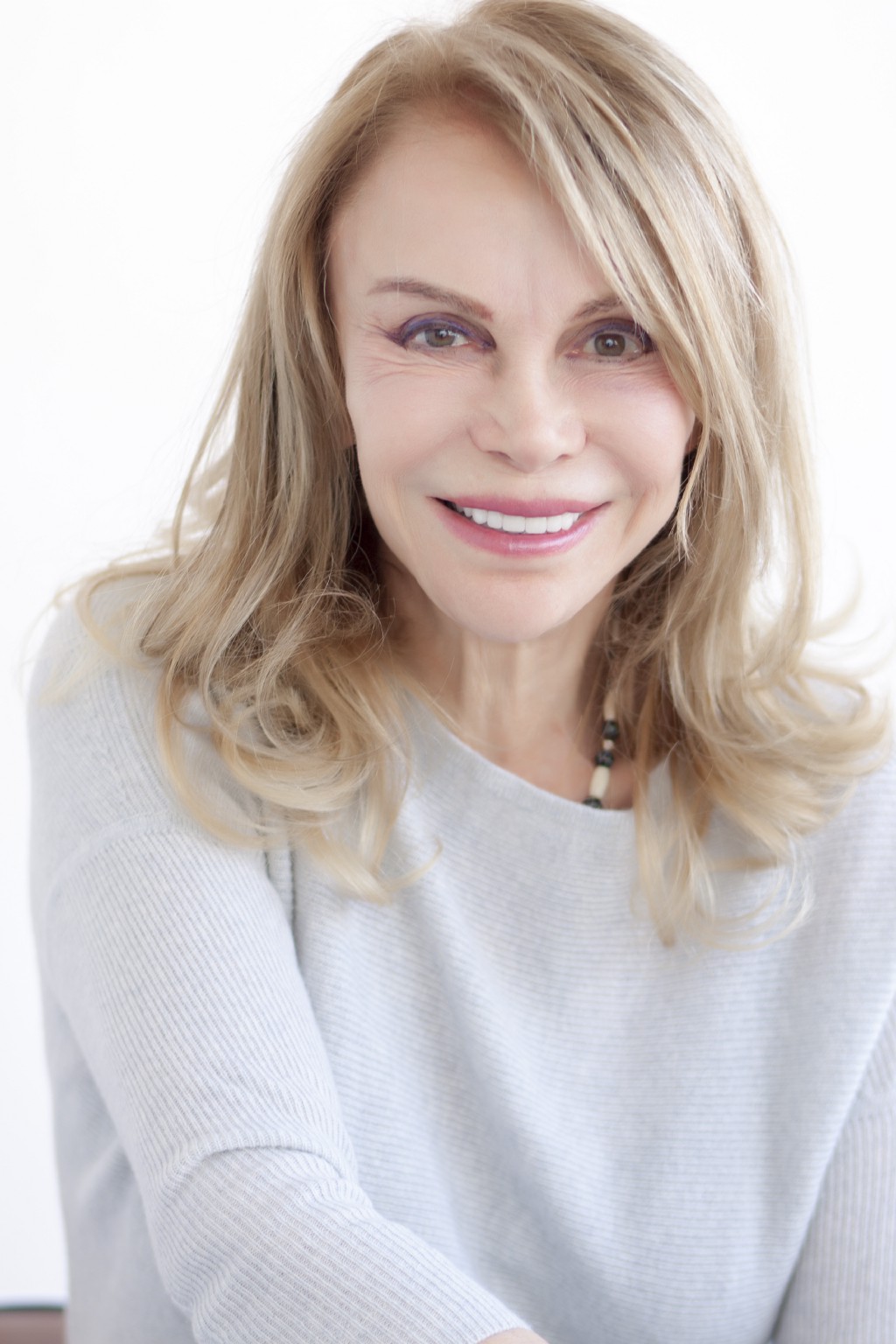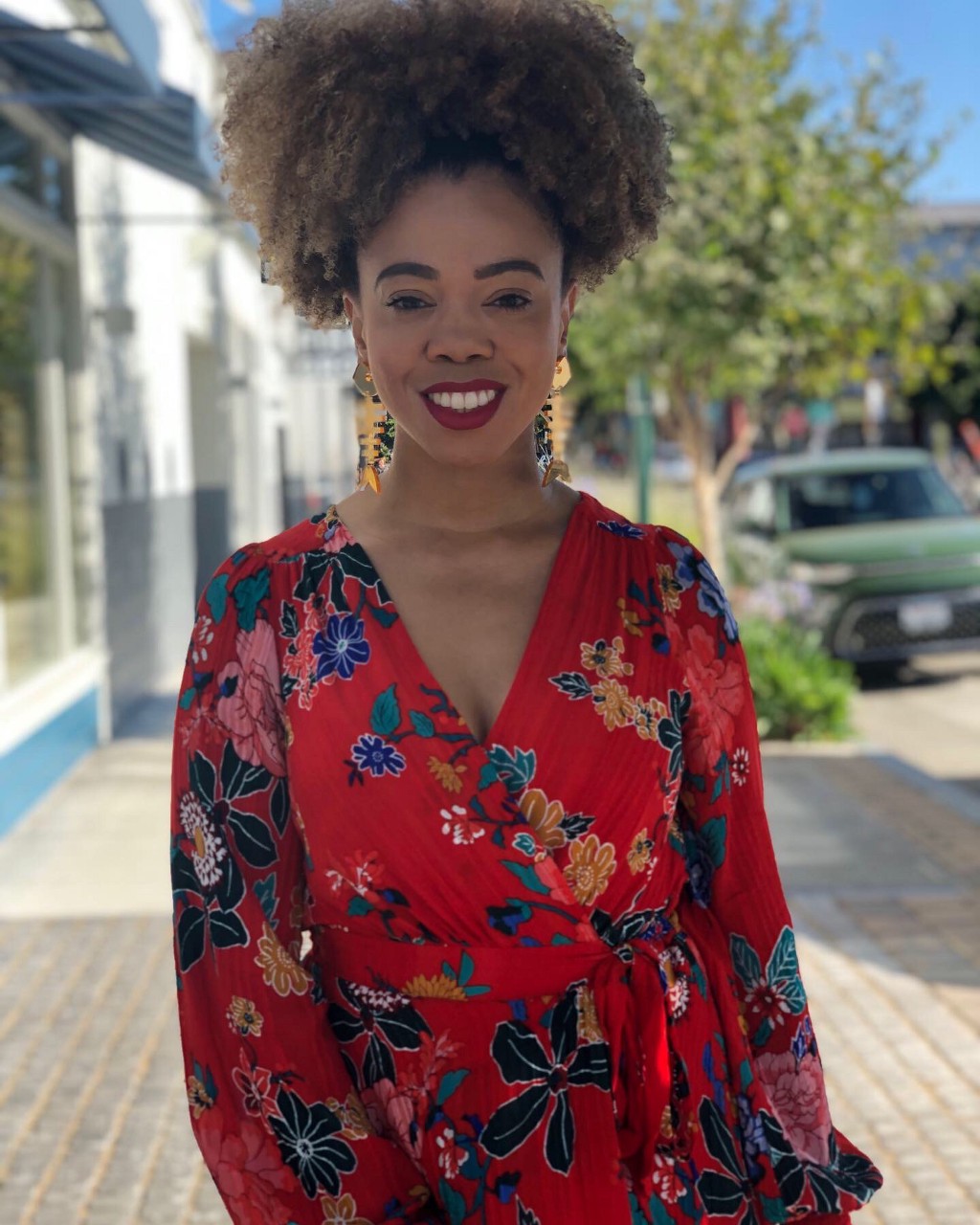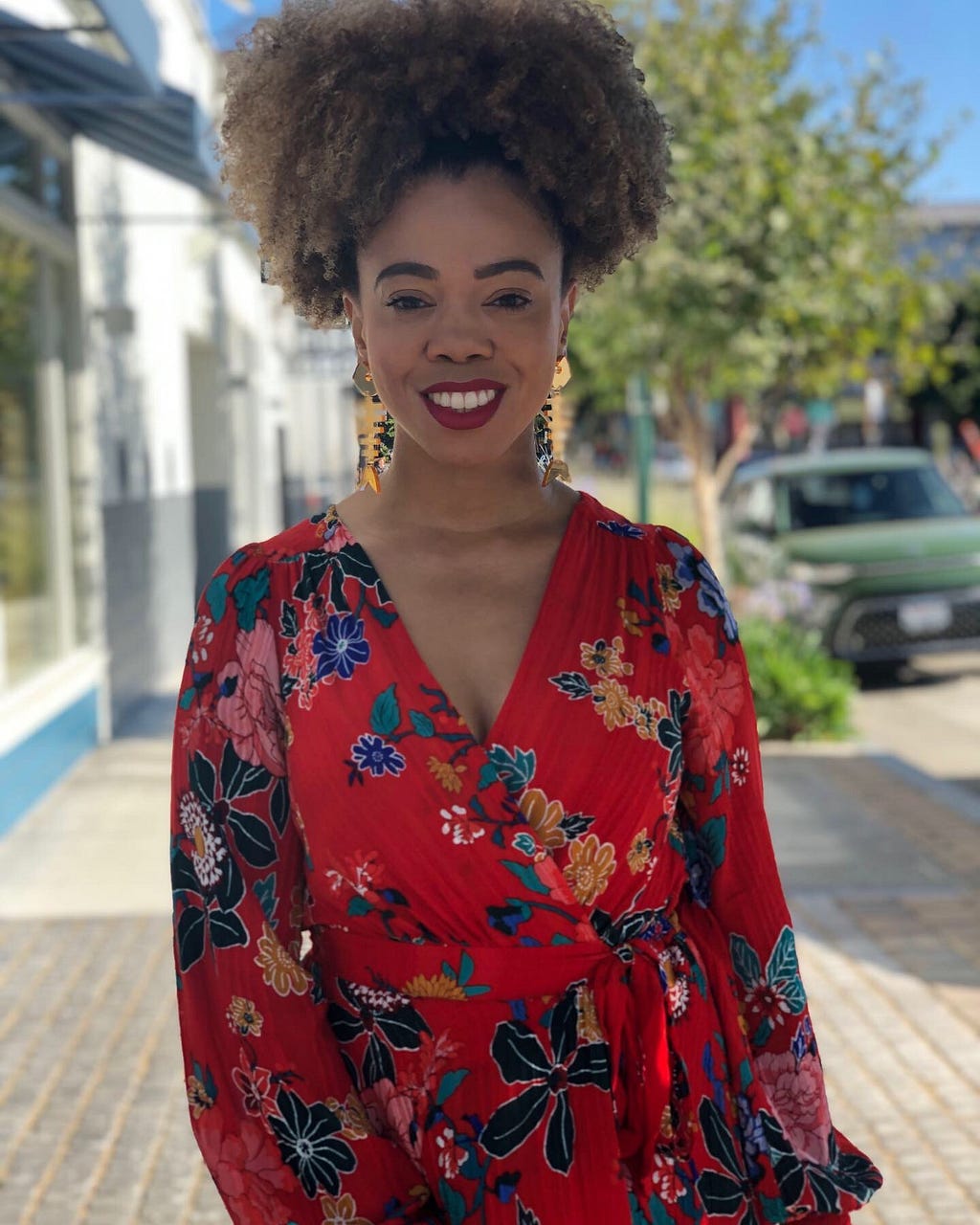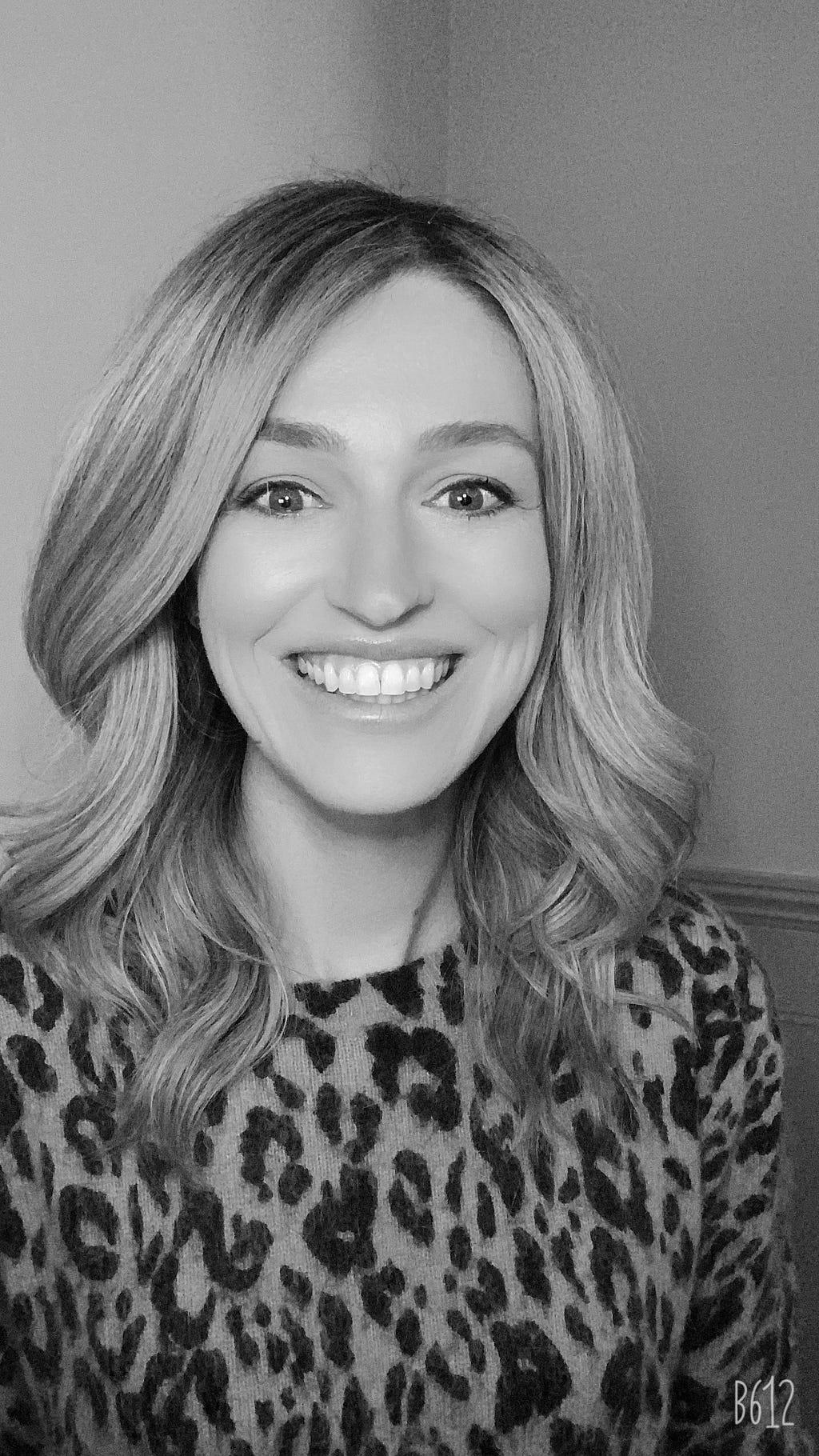
Recognize What’s Real. When you feel like a fraud and are in imposter mentality, pause and look at how you are showing up. Are you thinking you accidentally got where you are? That you’re not smart enough? You’re not good enough? And that someone’s going to figure it out?
Focus on what you do know for sure! How are you sure of this? Why DO you deserve to be here? Watch for your desire to argue with reality and focus on what you are sure of!
As a part of our series about how very accomplished leaders were able to succeed despite experiencing Imposter Syndrome, I had the pleasure of interviewing Courtney Love Gavin.
Courtney Love Gavin is a professional certified coach and Public Relations expert, dedicated to helping people become their most powerful selves. Courtney Love shares insights weekly on Pretty Pretty Podcast, a top rated podcast available on all platforms. Find out more about CLG at www.courtneylovegavin.com
Thank you so much for joining us! Our readers would love to “get to know you” a bit better. Can you tell us a bit about your ‘backstory’?
Absolutely! I started my career in public relations in 2003 at Nordstrom and climbed up the corporate ladder. Leading communications for global franchises and admired brands like Juice Beauty, Adobe, MGA Entertainment and AwesomenessTV. I walked away from the corporate spotlight in 2019 to create my own coaching practice because in my 20 years of partnering with industry legends, I figured out there’s ONE factor that determines sustainable success: perspective. It’s not the problem that’s the problem, it’s the way we see it! Now I’m able to help more people solve ALL their “problems” through mindset and get them connected to new possibilities.
Can you share with us the most interesting story from your career? Can you tell us what lessons or ‘take aways’ you learned from that?
Working directly with Fortune 50 leaders and inside big Hollywood studios as a public relations executive, the most interesting stories I can’t talk about publicly. But I can share the gems I’ve learned.
The moment you choose radical responsibility over complaining and blaming, you will experience your true personal power. Treat yourself like an asset instead of expense when it comes to investing in your own growth. Being fearless is a myth, courage is what conquers all, feel the fear and do it anyway. And people are everything. I mean everything, value your relationships and lead with your humanity. I love people and I understand people. Because you can’t make a difference in the world, if you don’t understand people.
What do you think makes your company stand out? Can you share a story?
The fact that I’m a public relations expert and classically trained in communication at all levels. I see what most people can’t see and I dare to say what most people wouldn’t dare to say and I deliver it in a tactful way that resonates. I’m usually the only person in my client’s world that’s completely unattached, isn’t obliged to please them and only wants them to succeed.
I have worked with some of the most accomplished and powerful people on the planet, Gloria Steinem, LeBron James. Jeffrey Katzenberg, etc. and even at that level of success you still face challenges. They’re just not the kind you can share with everyone in your world, which is what makes my company stand out. Having a Coach that understands you, you can trust completely, someone willing to challenge your thinking, who always has your back, is a rarity these days, especially when you’re surrounded by people who think it’s their job to tell you what you want to hear, rather than what you need to hear.
None of us are able to achieve success without some help along the way. Is there a particular person who you are grateful towards who helped get you to where you are? Can you share a story?
Yes, Veronica Dagger host of the Wall Street Journal’s Secrets of Wealthy Women podcast. Her interviews each week helped me believe that it was possible me to build a successful business and be a person of integrity while doing it. When you’re doing something that has never been done before and you don’t have any examples in your own life to look to, it’s crucial to have a trusted source you can turn to and tap into, especially when times get tough. Secrets of Wealthy Women was that for me.
Ok thank you for all that. Now let’s shift to the main focus of this interview. We would like to explore and flesh out the experience of Impostor Syndrome. How would you define Impostor Syndrome? What do people with Imposter Syndrome feel?
Imposter Syndrome is the fundamental conviction that you’re unworthy in some kind of unspecified way. It’s difficult to wrap your brain around because it truly does not make sense on the surface level.
With Imposter Syndrome there’s an underlying this fear that you’ll be found out to be undeserving, unqualified or revealed as a fraud. And these thought patterns create a perfect storm of insecurity, anxiety and stress.
Imposter Syndrome is a challenge we all go through, especially when we get to new levels of success or growth. Imposter syndrome is not a diagnosed condition that you can’t recover from. Imposter Syndrome boils down to beliefs and thoughts. And those can easily be changed!
What are the downsides of Impostor Syndrome? How can it limit people?
Imposter Syndrome impacts our confidence and when you have low self-esteem you’re not going to speak up, you’re not going to go for the promotion, you’re not engaging with colleagues or clients.
It can limit your ambition, sense of security and socialization. As a result people play small, quit and withdraw. This can ultimately cost people careers and relationships.
How can the experience of Impostor Syndrome impact how one treats others?
Imposter Syndrome impacts how you see the world and how you see yourself. This causes most people to treat others skeptically, catastrophize their intentions, look at what they say through a negative lens and sometimes be wildly defensive
We would love to hear your story about your experience with Impostor Syndrome. Would you be able to share that with us?
When I was giving my power to Imposter Syndrome, other people would look at my career and say, “You are so accomplished and successful!” I was aware of my accomplishments but I didn’t feel proud of them or truly believe in my own success.
I would look at my own career and think, I went to a top five national school for PR. I worked my way up the ladder at Edelman. I was relocated to Los Angeles to head up PR for big Hollywood studios. I lead PR for Fortune 50 companies. I’ve created Grammy and Emmy winning campaigns.
But I felt so much shame about the fact that I didn’t believe it. And that I couldn’t see myself the way that other people saw me, which is what would make me feel even worse about the accomplishments I did have. Because I thought with each achievement I would feel less like an imposter.
Did you ever shake the feeling off? If yes, what have you done to mitigate it or eliminate it?
Yes.. Imposter syndrome doesn’t go away on its own, we like to think if we just get the next goal, then we’ll be able to believe that we’re worthy. Recognizing and accepting there’s nothing I could change externally that would resolve the internal voices telling me I’m an imposter, was the biggest shift in eliminating my own Imposter Syndrome.
I stopped chasing my worthiness and built new beliefs about myself.
In your opinion, what are 5 steps that someone who is experiencing Impostor Syndrome can take to move forward despite feeling like an “Impostor”? Please share a story or an example for each.
Step number one: Recognize What’s Real. When you feel like a fraud and are in imposter mentality, pause and look at how you are showing up. Are you thinking you accidentally got where you are? That you’re not smart enough? You’re not good enough? And that someone’s going to figure it out?
Focus on what you do know for sure! How are you sure of this? Why DO you deserve to be here? Watch for your desire to argue with reality and focus on what you are sure of!
Step Two: Speak The Truth To Yourself. When you see imposter thoughts pop up, challenge them by asking powerful questions back to yourself. AND ANSWER THEM. Writing it down you see how illogical this thinking is (remember don’t judge it).
Example of an imposter thought: I don’t have it together. They have it so much more together than I do.
Powerful questions to ask yourself:
- Is that really true?
- What if it’s not true that they have it more together?
- What is it’s possible I do have it together? What if I have just as much together as they do? What if I am the MOST together?
Step three. Celebrate Your Wins. Our brains tend to skim over success and love to stew in our failures. The more we celebrate our wins and successes, the more empowered we feel. There is no such thing as a small win or a small success. They are wins and all wins count. Success in one area brings you confidence in other areas! The more you let yourself fully celebrate every single win without holding back, the better you will feel and the more you will accomplish.
Step four- Evaluate For Confidence. Our confidence increases when we know what’s working. That’s why it’s important to self-evaluate so you can see exactly how you created the results in your life. Evaluating is where we start taking ownership for our success!
When you evaluate your brain is going to want to immediately focus on what didn’t work. You might even be avoiding evaluating for this reason, because you’re afraid it will make you feel worse, like more of an imposter.
Here’s my simple evaluation process.
- Start with what’s working. What went well? What thoughts were good thoughts? Look for all the positives.
- Then ask what didn’t go as you wanted? What do you not want to do again? Why do you think it didn’t work? If you had to guess, what would it be?
- End with what you’ll do differently. What did you learn? What do you want to change for next time? What actions will you take next time?
Step five- Self Validate. I like to think of self validation as a way of giving yourself a high five. With imposter syndrome we feed ourselves all kinds of vicious thoughts. When you decide to actively self-validate and take responsibility for your decisions, you feel a million times better!
It’s your job to accept you. It’s your job to understand you. It’s your job to validate you. This is your work and it’s not dependent on anyone else.
When I started to take ownership and take responsibility for my own validation. It changed absolutely everything for me and I know it will change everything for you too!
You are a person of great influence. If you could inspire a movement that would bring the most amount of good to the greatest amount of people, what would that be? You never know what your idea can trigger. 🙂
I want to inspire people to be seekers of truth in the world. To investigate their own beliefs about themselves, their thoughts around what’s possible and live with unapologetic ambition.
We are blessed that some very prominent leaders read this column. Is there a person in the world, or in the US, with whom you would love to have a private breakfast or lunch, and why? He or she might just see this, especially if we tag them 🙂
Dr. Brené Brown. She changed my life, because of her I learned how to be vulnerable.
How can our readers follow you on social media?
Come hang with me on Instagram @courtneylovegavin for daily IG stories on becoming the person you want to be.
This was very inspiring. Thank you so much for joining us!
Courtney Love Gavin: How To Thrive Despite Experiencing Impostor Syndrome was originally published in Authority Magazine on Medium, where people are continuing the conversation by highlighting and responding to this story.


